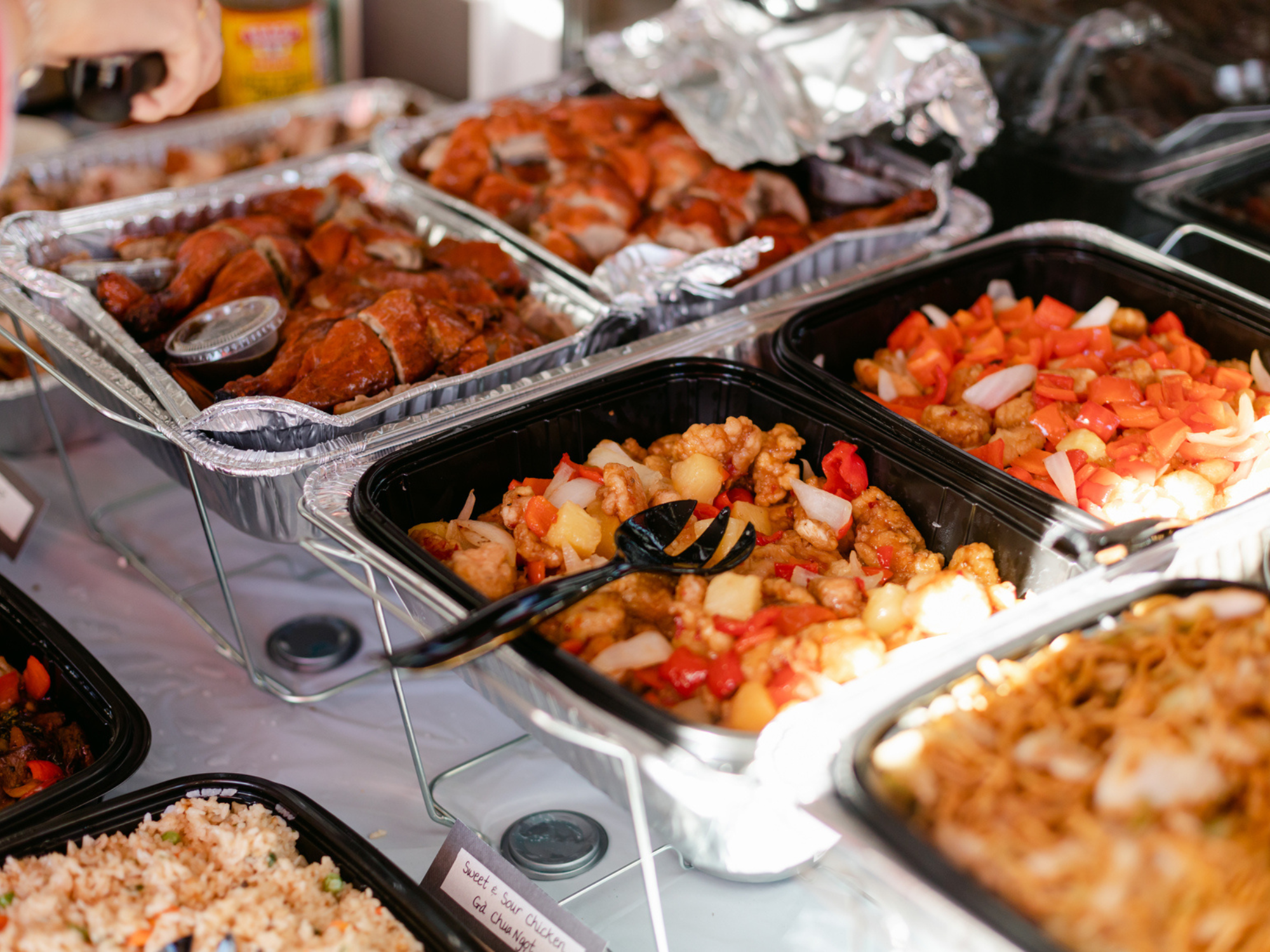How to Make a Wedding Album to Relive Your Big Day Over and Over

Let's face it—some of the best wedding photo albums are the ones you create, which is why we've compiled this handy guide on how to make a wedding album to commemorate your special occasion. Since the average wedding photographer cost can eat into your budget, a DIY wedding album may be just the way to go. Plus, you can tailor it to your favorite moments and add special touches, like your wedding invites or pressed flowers from your bouquet, to make it truly unique. So let's dive into this helpful guide on how to organize a wedding album yourself in no time for a memorable keepsake that you and your new spouse will enjoy for many years.
In this article:
- How to Make a Wedding Photo Album
- How Many Photos for a Wedding Album?
- What Is the Average Cost of a Wedding Album?
- How Long Should It Take to Make a Wedding Album?
How to Make a Wedding Photo Album
Do-it-yourself wedding albums are one of the best wedding keepsake ideas to relive the magic long after your wedding is over. You can also revisit this on your anniversaries to relive the wedding day from start to finish. Here's how to arrange a wedding album and what you'll need for this DIY project.
1. Gather and Organize Photos
The first step is to collect the wedding photos you want for the album, including everything shot both professionally and candidly. You can place them into categories, like your ceremony, reception or any memorable moments, to make sorting easier so you don't miss anything important for the album.
2. Pick Your Favorite Shots
Since an album is usually around 50 to 100 images, narrow down your selection and focus on a variety of moments throughout your day, like group shots, romantic couple photos and details of your bouquet, wedding rings, cake and more.
3. Choose an Album Style
If you haven't already purchased an album, choosing a specific format or style is a great way to help you decide which route to take. You can go with a traditional printed album, photo book or even a digital version (which is especially handy to display in a digital photo frame that loops through your album). Make sure you consider material quality, durability and customization options for the format you choose.
4. Select a Theme or Layout
A cohesive theme will help unify your album, so be sure to choose the right one to complement your wedding. For example, if your wedding theme was rustic elegance, select earth-toned shades, woodsy elements and script fonts throughout the album. At this stage, it's also helpful to figure out a wedding album layout, so see what size images fit in your book, how many will fit per page and what details you want to include before the final printing stage.



5. Plan the Storyline
Arranging your photos chronologically in your album will help tell the story of your day. Begin with your getting ready photos and end with your grand exit, including some short captions or anecdotes to help you remember those special moments during your wedding. This also adds a bit of context and personality to your unique wedding album.
6. Finalize and Print
Before finalizing, ensure your photos will fit neatly in your selected album and adjust sizing if needed. Review your layout so that every detail looks right, and once you're happy with the overall selection, print your photos or finalize the digital version for sharing.
How Many Photos for a Wedding Album?
Usually, a DIY wedding album is around 50 to 100 images, give or take. Of course, this is largely dependent on which moments you want to include or if you had a more intimate wedding that requires less album space. Sticking around this number, however, lets you cover the whole day without it being overwhelming. Depending on your album size, you can add about two to five photos per page.
What Is the Average Cost of a Wedding Album?
When making a wedding album, the overall cost differs based on the materials, customization and size. Typically, you'll spend around $200 to $800, with DIY photo books coming in around $50 to $150. Certain luxury elements, like leather covers or premium paper, can increase the cost, so be mindful of add-ons during the process. Your photographer might also offer discounts for a digital photo album or printing through their recommended vendors, which can also help with your budget.
How Long Should It Take to Make a Wedding Album?
Creating a wedding album can take anywhere from a few hours to a few days, depending on how complex the project is. For a DIY album, you'll spend time sorting through photos, creating the layout, proofreading and more (especially if you're creating the album as well, you'll need to learn how to make a fabric-covered wedding album or handmade photo album, which is more time-consuming). Hiring a professional increases the turnaround time to a few weeks or months.




















